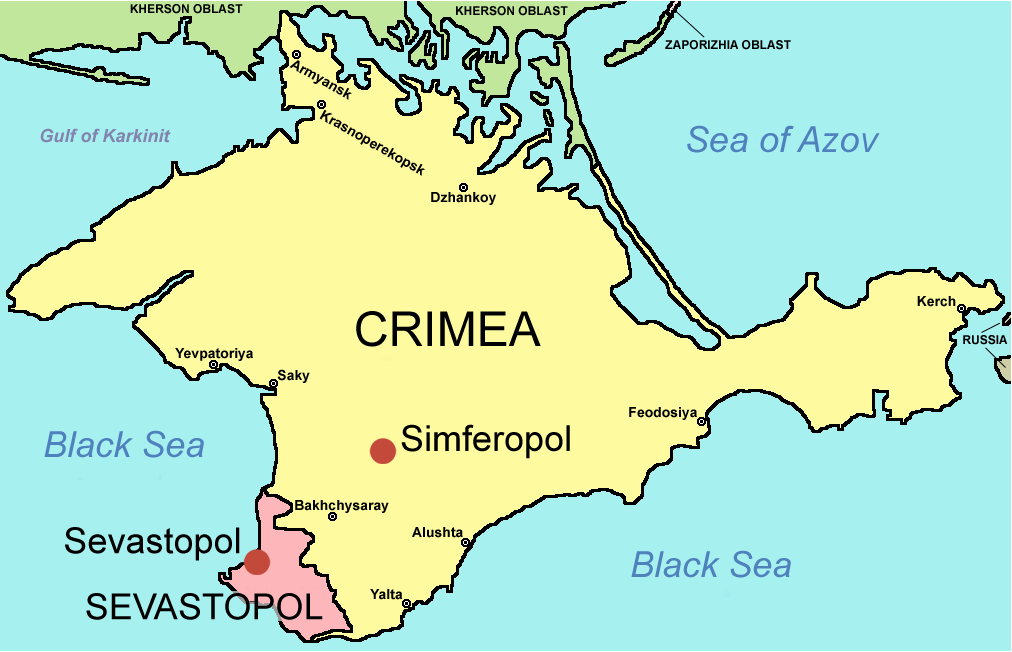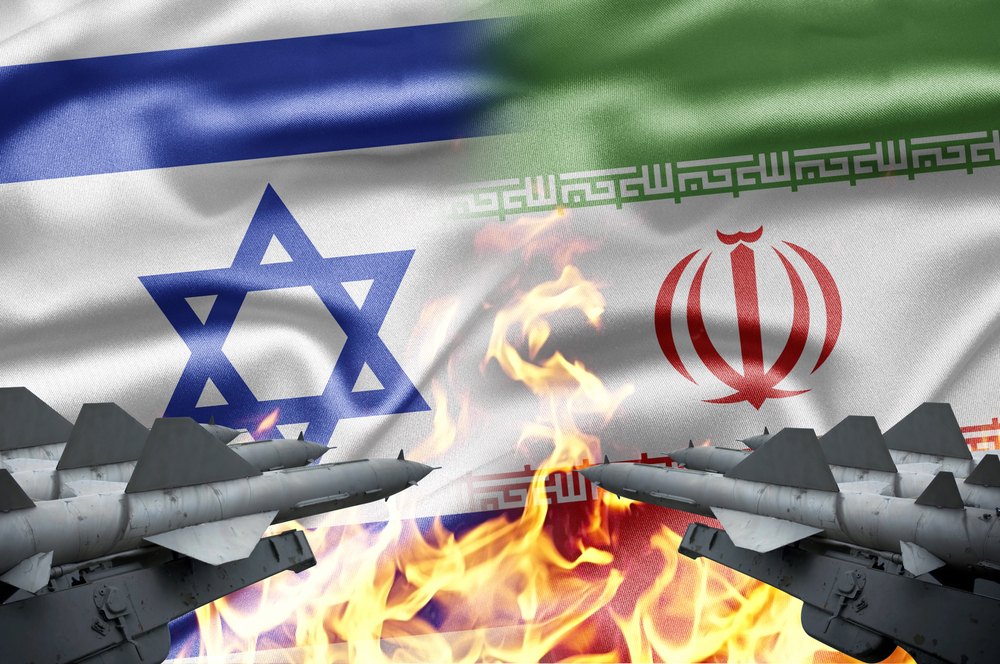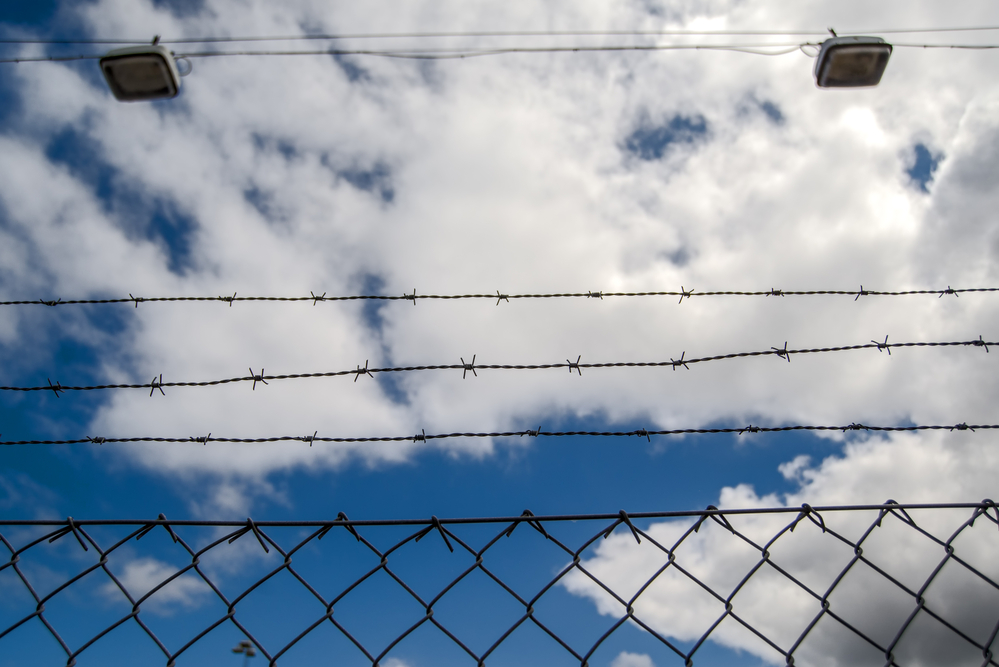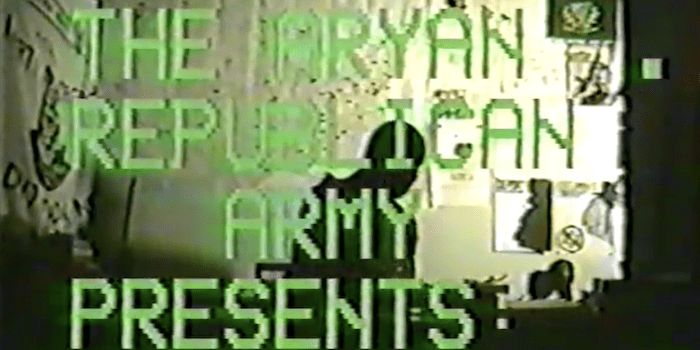On March 14, A Russian jet collided with an American drone, leading to the downing of the drone in the Black Sea.
The United States says that the drone was flying in international airspace when two Russian Su-27 fighter jets made nineteen high-speed passes near the drone before dumping jet fuel on it in an attempt to disrupt it. Though it cannot be seen in the edited video released by the Pentagon, the U.S. says that on a final pass, one of the Russian jets approached the drone from behind at high speed and struck the rear propellor. The video picks up after the collision and shows the damaged propellor. The crippled drone was then brought down into the sea by its controllers.
The incident is “the first known physical contact between the Russian and American militaries since the war in Ukraine started last year,” according to The New York Times and the “first time a Russian aircraft has brought down a U.S. aircraft since the Cold War.”
U.S. Defense Secretary Lloyd Austin called Russia’s actions “dangerous and reckless and unprofessional behavior.” Russia has blamed the crash on a “sharp manoeuvre” made by the drone.
While the media has focussed on whether the Russian takedown of the drone was deliberate, that is not the only crucial question.
Another crucial question is, what was a $32 million MQ-9 Reaper drone doing 37 miles from the Crimean port of Sevastopol, home of Russia’s Black Sea Fleet? What is the significance of Russia being willing to physically interact with the U.S. for the first time in the war and intercept the drone?
The United States says the Reaper drone was “conducting routine operations in international airspace.” The New York Times calls it “a routine surveillance and reconnaissance mission.” Where it was flying and what it was doing are the two key points.
According to Russia, the drone was 37 miles from Crimea, in airspace that it had told everyone months ago, including the U.S., was restricted airspace established for the war that was off limits. It was moving provocatively and stealthily toward Crimea with its transponders off so it couldn’t be tracked. “We are concerned,” Anatoly Antonov, the Russian Ambassador to the United States said, “about the unacceptable activity of the U.S. military in the immediate vicinity of our borders.”
Washington has provided Ukraine with “stepped up feeds of intelligence about the position of Russian forces, highlighting weaknesses in the Russian lines.” The MQ-9 Reaper drone is a large unmanned aerial vehicle that is 11 meters long and has a wingspan of more than 22 meters. The U.S. Air Force says its main use is as “an intelligence-collection asset.”
If the highly advanced drone was collecting imagery and intelligence to help Ukraine plan a counteroffensive against Crimea, then the significance of the incident is Russia’s highlighting of their red line. If Ukraine is “the brightest of all redlines” for Russia, in the words of William Burns, then Crimea is the boldest of those bright red lines. Russia may have been highlighting that bold red line.
Russia has emphatically warned that Crimea is Russia and that attacking Crimea is a red line. Russia’s Fundamentals of the State Policy of the Russian Federation in the field of nuclear deterrence, says that Russia “hypothetically” could allow the use of nuclear weapons only if there is “aggression using conventional weapons, when the very existence of the state is threatened.” Putin has warned that, “In the event of a threat to the territorial integrity of our country and to defend Russia and our people, we will certainly make use of all weapon systems available to us.”
The intercept of the U.S. Reaper drone, whether meant to down it or not, could be a highlighting of that red line, since the drone, with its advanced surveillance platform, was quite possibly gathering imagery and intelligence for a Ukrainian attack on Crimea.
Not only Putin and the Kremlin, but most Russians, view Crimea as part of Russia. But it is not only Russians who hold that belief. Though Crimeans are most likely to identify themselves first as Crimeans, they are also the only region of Ukraine to identify itself as primarily ethnic Russian.
Crimea was part of Russia from 1783 until 1954 when Khrushchev gave it to Ukraine—which was still part of the USSR—as a gift to commemorate the three hundredth anniversary of Ukraine’s voluntary decision to join Russia.
There is a history in Crimea, since the collapse of the Soviet Union, of voting for autonomy. In 1994, Crimea even elected a President, Yuri Meshkov, and his “Russia Bloc” party on a platform of reuniting with Russia.
Of thirty polls and referendums taken in Crimea between 1994 and 2016, twenty-five show pro-Russian results of 72.9% or higher. The remaining five were between 25.6% and 55%. United Nations polling between 2009 and 2011 reveal that the majority of Crimeans were in favour of reunification with Russia. Nicolai Petro reports that leading Crimean sociologist Natalia Kiselyova says that, from 1991-2014, the percentage of Crimeans who “yearned for Russia” was always greater than 50%.
On March 16, 2014, with a voter turnout of 83%, 97% of Crimeans voted to join Russia. Though the referendum did not meet Western standards, “It is clear,” according to Richard Sakwa, author of Frontline Ukraine: Crisis in the Borderlands, “that the majority of the Crimean population favoured unification with Russia.”
Despite the bold redline, there have been signals from Kiev and Washington that the United States could back a Ukrainian offensive against Crimea in the spring. Tamila Tasheva, the Ukrainian government official in charge of Crimea, says that warnings from Western leaders that an attack on Crimea could trigger “an unavoidable escalation, that might even provoke a nuclear conflict” have “been changing since we explain more and more what Crimea is, what it means for Russia, and how things are connected around Crimea.” On February 17, U.S. Under Secretary of State Victoria Nuland publicly said that Crimea should be demilitarized and that Washington supports Ukrainian attacks on military targets in Crimea.
Privately, though, American officials do not really believe that Ukraine can recapture Crimea. On January 21, Chairman of the Joint Chiefs of Staff General Mark Milley said that “for this year, it would be very, very difficult to militarily eject the Russian forces from all—every inch—of…Russian occupied Ukraine.” The New York Times reports that “the Biden administration does not think that Ukraine can take Crimea militarily.” Privately U.S. intelligence’s “sobering assessment” that retaking Crimea “is beyond the capability of Ukraine’s army” has been “reiterated to multiple committees on Capitol Hill over the last several weeks.” And Secretary of State Antony Blinken still says that “A Ukrainian attempt to retake Crimea would be a red line for Vladimir Putin that could lead to a wider Russian response.” He added that the United States “isn’t actively encouraging Ukraine to retake Crimea” and that such an attempt would not be “a wise move.”
The goal of a U.S. supported offensive against Crimea in the spring, then, would not be to win. The aim would not be a dangerous attempt to recapture Crimea that could set off an unavoidable escalation. The goal would be to panic Russia that Crimea is vulnerable in order to win Ukraine a stronger position at the inevitable negotiating table.
It may have been precisely to defend against preparations for that attack that Russia drew the line and intercepted the U.S. drone. The sophisticated surveillance drone was in restricted airspace, heading toward Crimea with its transponders off. Russia highlighted the boldest of its red lines and intercepted the craft. The event is a warning and a reminder of Russia’s red line and how dangerous it could be to cross it.












